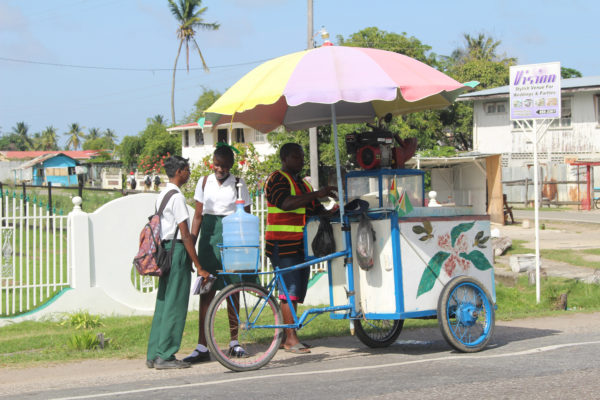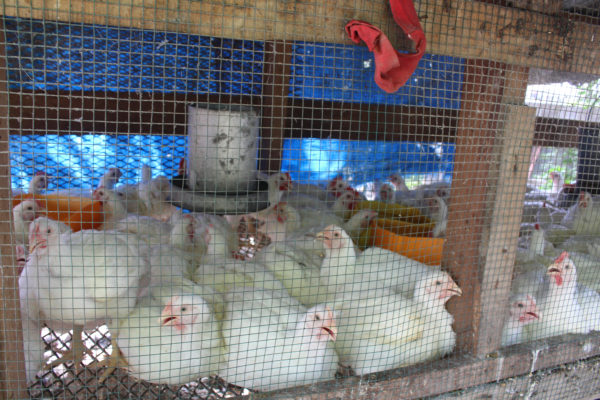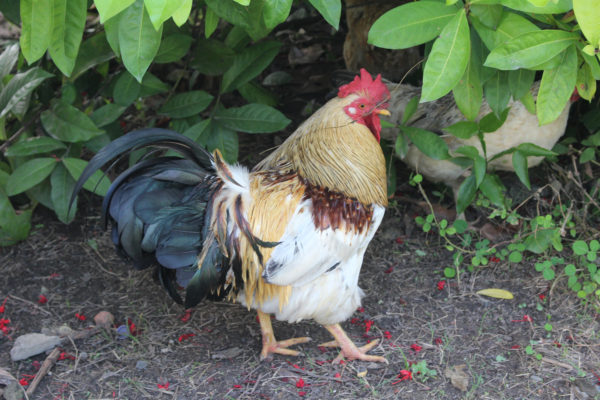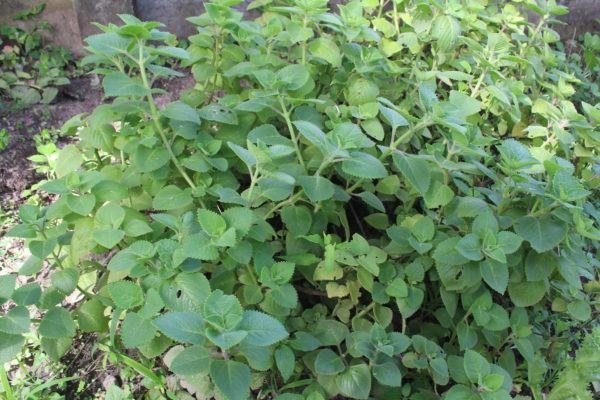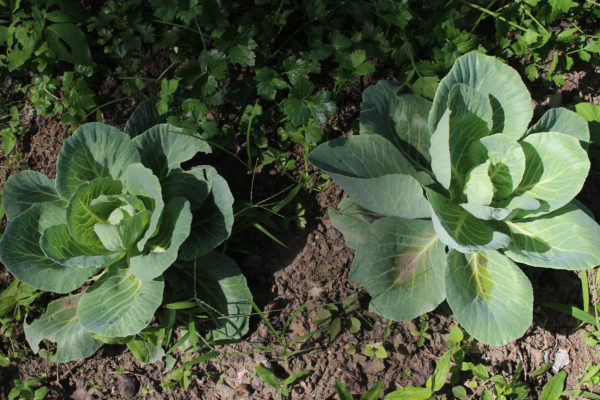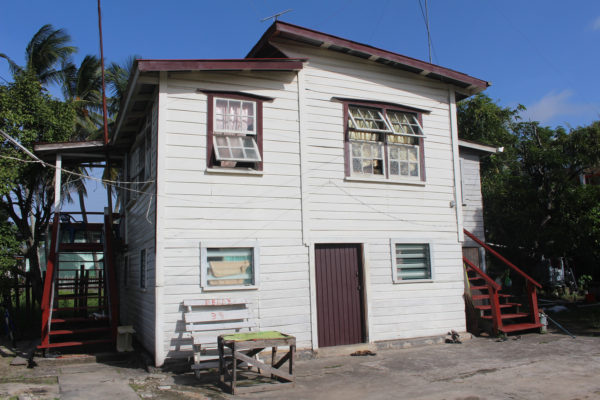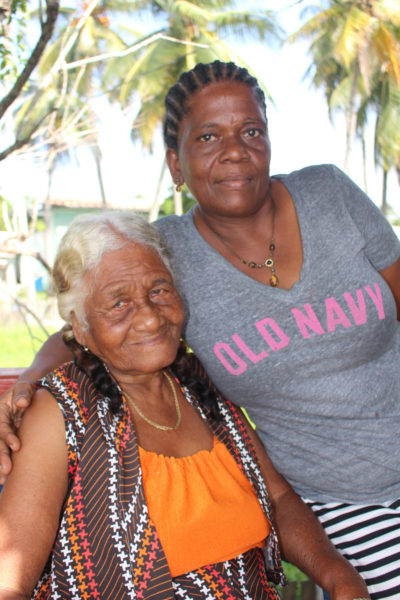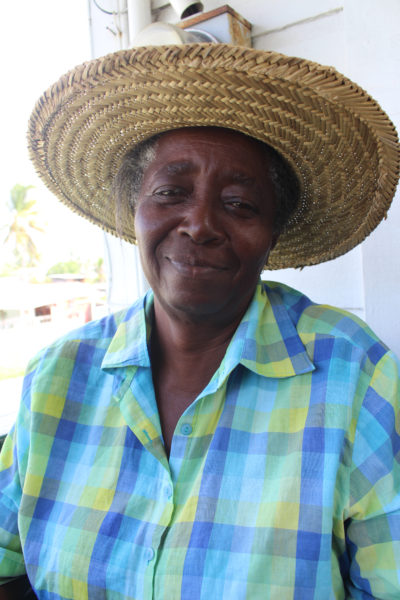Story and photos by Joanna Dhanraj
Home to thousands, Haslington is a relatively large village on the East Coast Demerara, 24.5 kilometres (15.2 miles) from the capital city. The village begins at the seawall and goes way beyond the Railway Embankment Road to the south, flanked on either side by Enmore and Golden Grove.
Towering over the houses in the village are the many coconut trees and outnumbering them, are the genip trees.
When the World Beyond Georgetown arrived in the village, Bridget Thomas was seated on her verandah catching up with an old friend of hers.
Although Haslington is said to have existed since the 1800s, Thomas said most of its residents arrived during the 1964 disturbance, two years preceding independence. Many of the residents who settled in the village were African Guyanese, who, for the sake of their safety and that of their families had fled from neighbouring Enmore, she said.
During the riot, many houses were looted and burned, she said, adding that many persons fled after a man named Frankie Perry was gruesomely murdered.
The families who settled in Haslington during the disturbance were the Thomases, the Smiths, the Perrys, the Baineses, the Londons, the Peterkins, the Simpsons, the Collinses, the Pyles and Mr Jimmy Seaford.
Thomas was 12 years old at that time and moved from Enmore with her parents and her three brothers.
“Only two persons were already living on the roadside when persons began squatting; they were the Bairds and an Indian family who moved to Lusignan during the disturbance,” she said.
Thomas, her siblings and other children who had attended Enmore Primary did not go back, but continued their lessons privately through Teacher Ismay Luke of Golden Grove. A few months after the disturbance, they transferred to Sancho High School.
“The disturbance was really started politically. Before then people lived good with each other and walked the roads at any hour. But during that time, the British set a six o’clock curfew. Persons working shift and had to get in for six would leave home earlier and try to be at work before the curfew and persons getting home would leave work earlier also,” she explained.
She added that although they left for their safety, persons working in Enmore had no other choice but to keep on working.
Once settled in Haslington, Thomas soon adjusted to life there. “Growing up here as a girl was a nice experience. My father worked at the Enmore Sugar Estate and my mother at the Enmore Hospital as a Charwoman. My mother also sold at the Golden Grove Market. She sold bora, ochro, tomatoes and fruits. We always kept a kitchen garden. Even now I have my own kitchen garden…”
Thomas has lettuce, calaloo, tomatoes among other plants in her garden and she also rears meat birds (chickens).
Although the village has a number of churches including Jehovah’s Witnesses, Anglican and Wesleyan, Thomas travels every Sunday to Victoria, situated three villages away to attend the Beacon Ministries Church.
The 65-year-old pensioner is also a part of the village’s Social Infrastructure Project. “We work four hours, Monday to Friday. I would pull the weeds out of the drains with a rake. We’re currently working at the Railway Embankment. We’re working from the back to the front.
“Haslington was built through self-help. We [women, men and children] weeded the streets, fetched the bricks to make the foundation for the roads and dig the drains. Other persons cooked and made drinks for the workers,” she said.
“The advantages of living…close by the [public] road, the water system is good in the area and most of the people living here are friendly; we look out for each other.”
However, Thomas wishes there was a recreational and training centre for the youths of the village.
Sandra Perry, the niece of Frankie Perry lives in the street running parallel to Thomas’s. Her unique styled house, she explained is called ‘The Police Cap House’. Most of the houses in the 1960s, she said, carried this style and their house was one of the houses that was moved during the disturbance. According to Perry some people took their houses apart and rebuilt them, while others swapped houses with Indians fleeing from other villages.
Perry, who was four years old at the time, did not know what was going on. But over the years, she said, her mother and other relatives would talk of their experiences.
Perry was born in Golden Grove before her family moved to Enmore then to Haslington in 1964.
She recalled that she had started attending Golden Grove Primary School, but got involved in a fight. Her mother, described as the reserved kind, not wanting to hear her children in squabbles or fights sought to transfer her and ended up moving not only her but the rest of the siblings to Enmore Primary; the unrest had been over for a while by then.
“My mother kept us home most of the time; we weren’t allowed to go visiting the neighbours like most children did at the time. We visited one neighbour in particular and that was our next door neighbour. I especially liked going across on moonlight nights when we talked Anancy stories and played Dilo and Hide and Seek. During the day, our neighbours came over and we would play hopscotch, marble, sal-out and post-to-post. In school we played Gypsy in the Moonlight.
Looking around, she pointed out that almost every yard had fruit trees, the three main ones being coconut, genip, and mango.
“Years ago we enjoyed climbing the trees. I used to enjoy reading books like Mills and Boon in them. We did homework under them after school,” she reminisced.
She recalled that two years after they relocated Guyana celebrated its independence and Haslington’s small Steel Band took to the road with the rest of Haslington following—six-year-old Sandra Perry somewhere among them—tramping. The band has since dissolved.
“Some of the things I like about living here are the yard space, it’s not congested, it’s breezy and peaceful. Most of the people that live around me are people that came out of Enmore, so we have that bond,” she said.
Haslington is separated into North and South. North Haslington was called Coconut Walk because of the many coconut trees. “Living on the roadside is another advantage because we have easy access to transportation,” she said.
The retired teacher of Annandale Primary now works part time with the Ministry of Education.
“We have a playground but it needs upgrading and we need organized groups that will have our youths involved. In addition, we need a recreational centre for the youths and we need equipment as well,” Perry added pertaining to development she wanted to see in her community.
Back out on the road, a group of guys had gathered and were chatting. (Continued next week)


